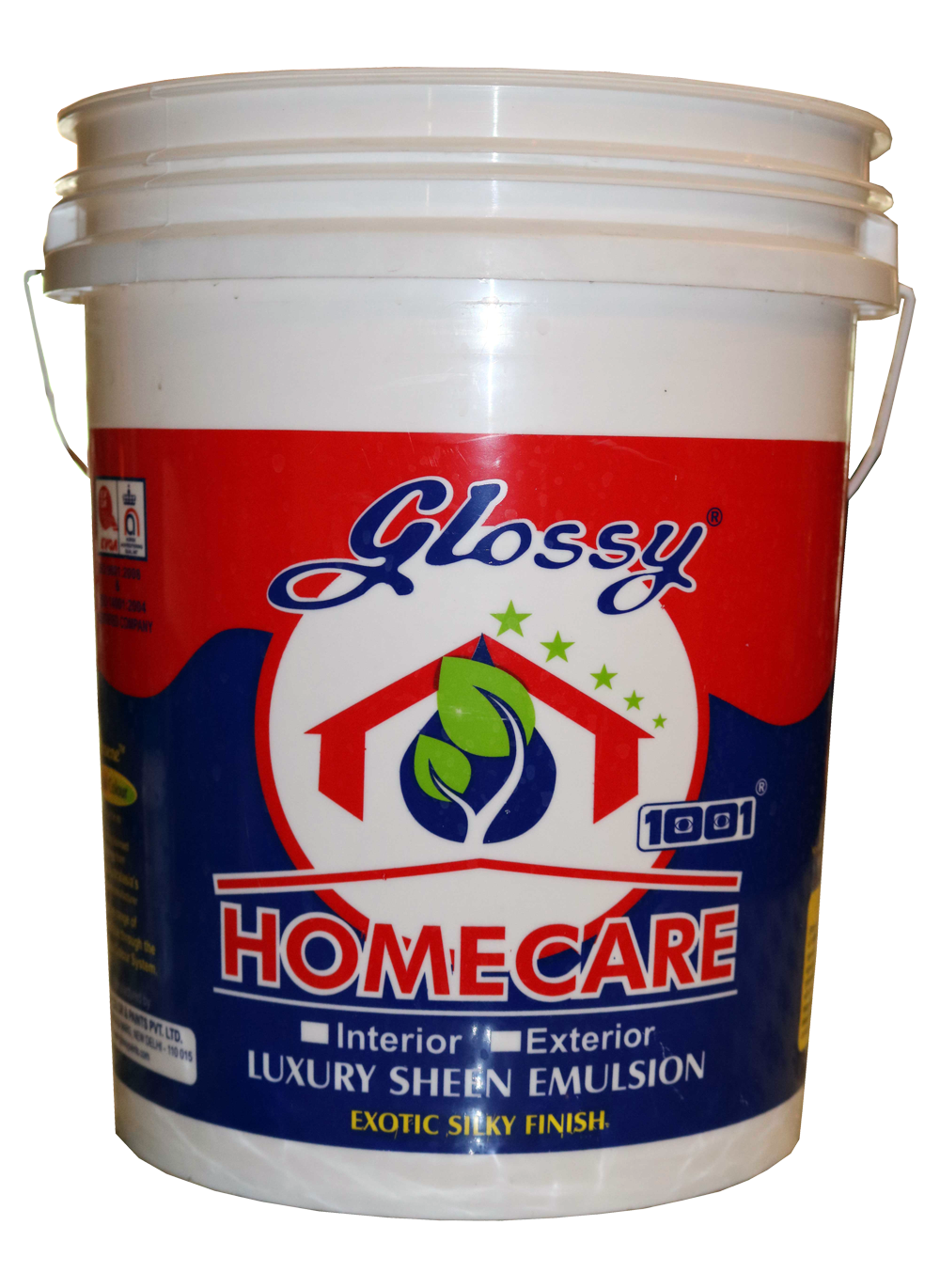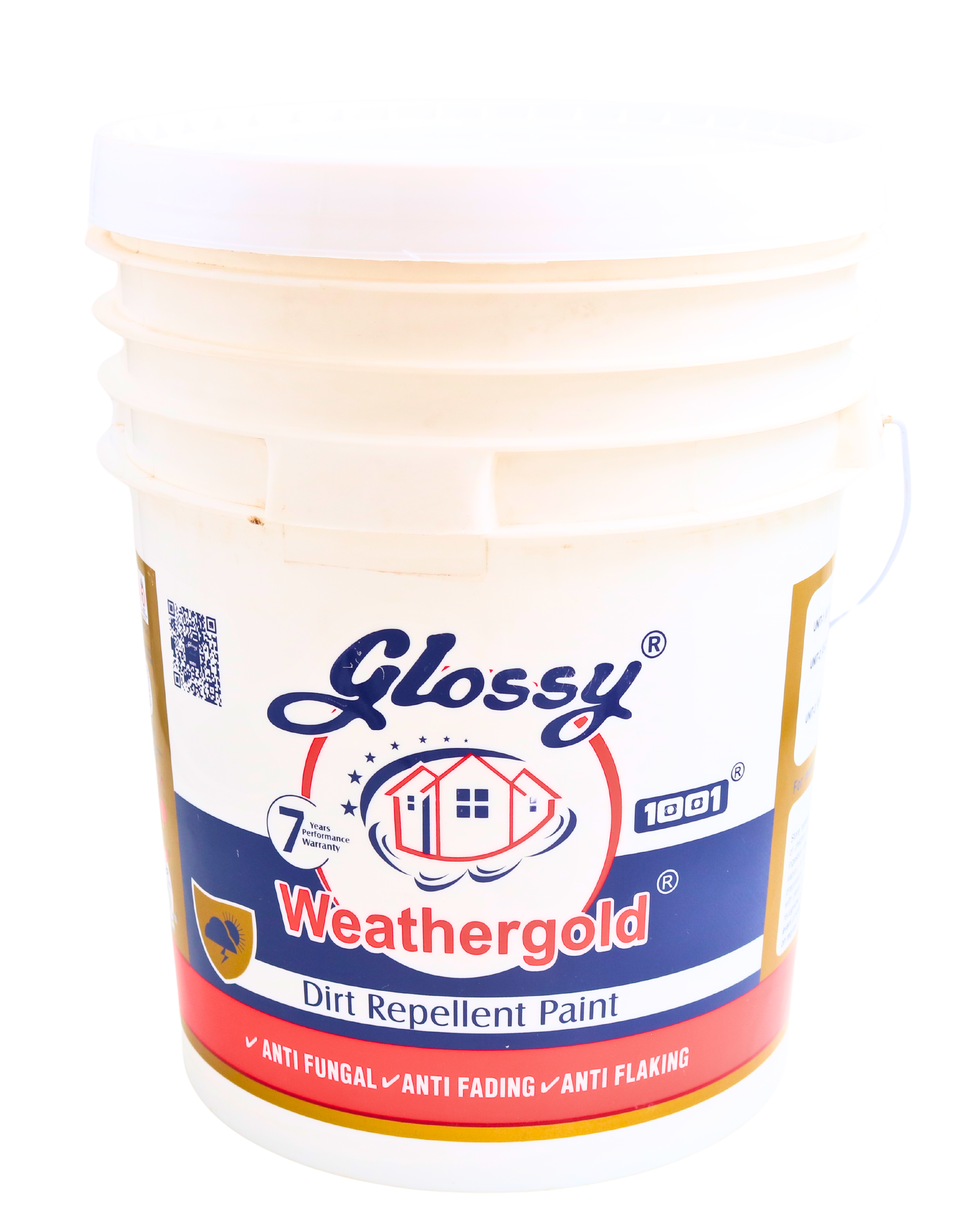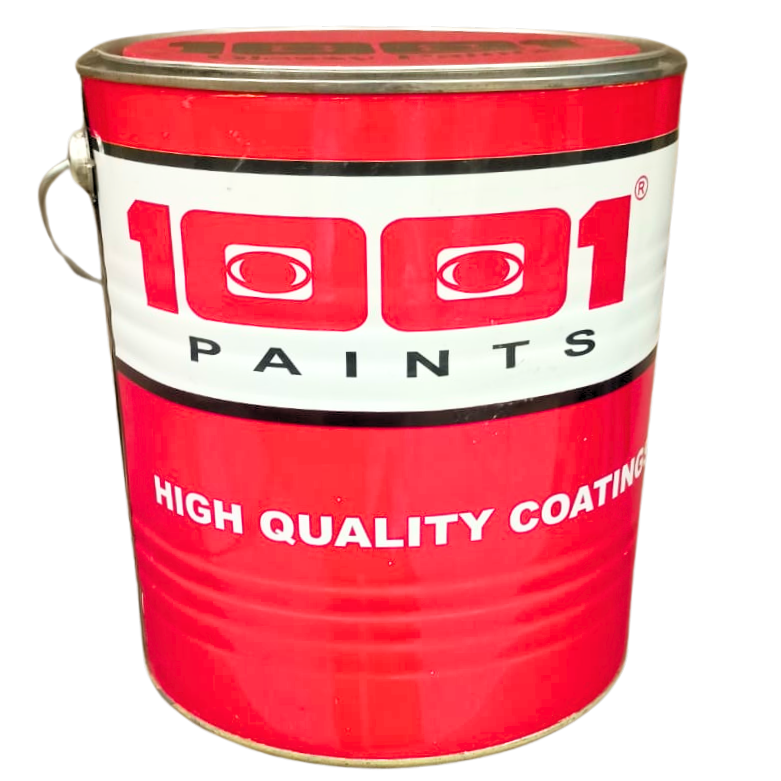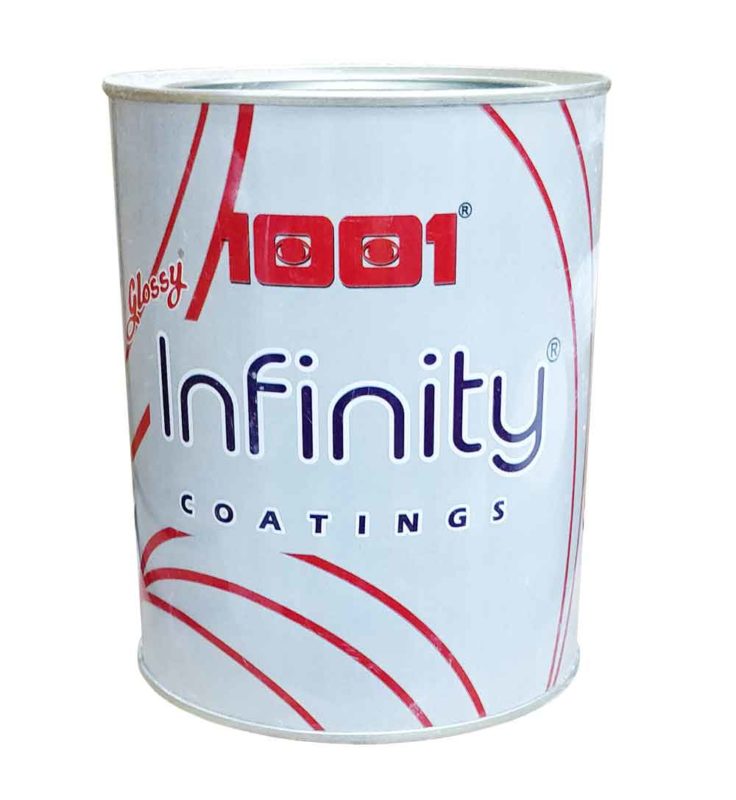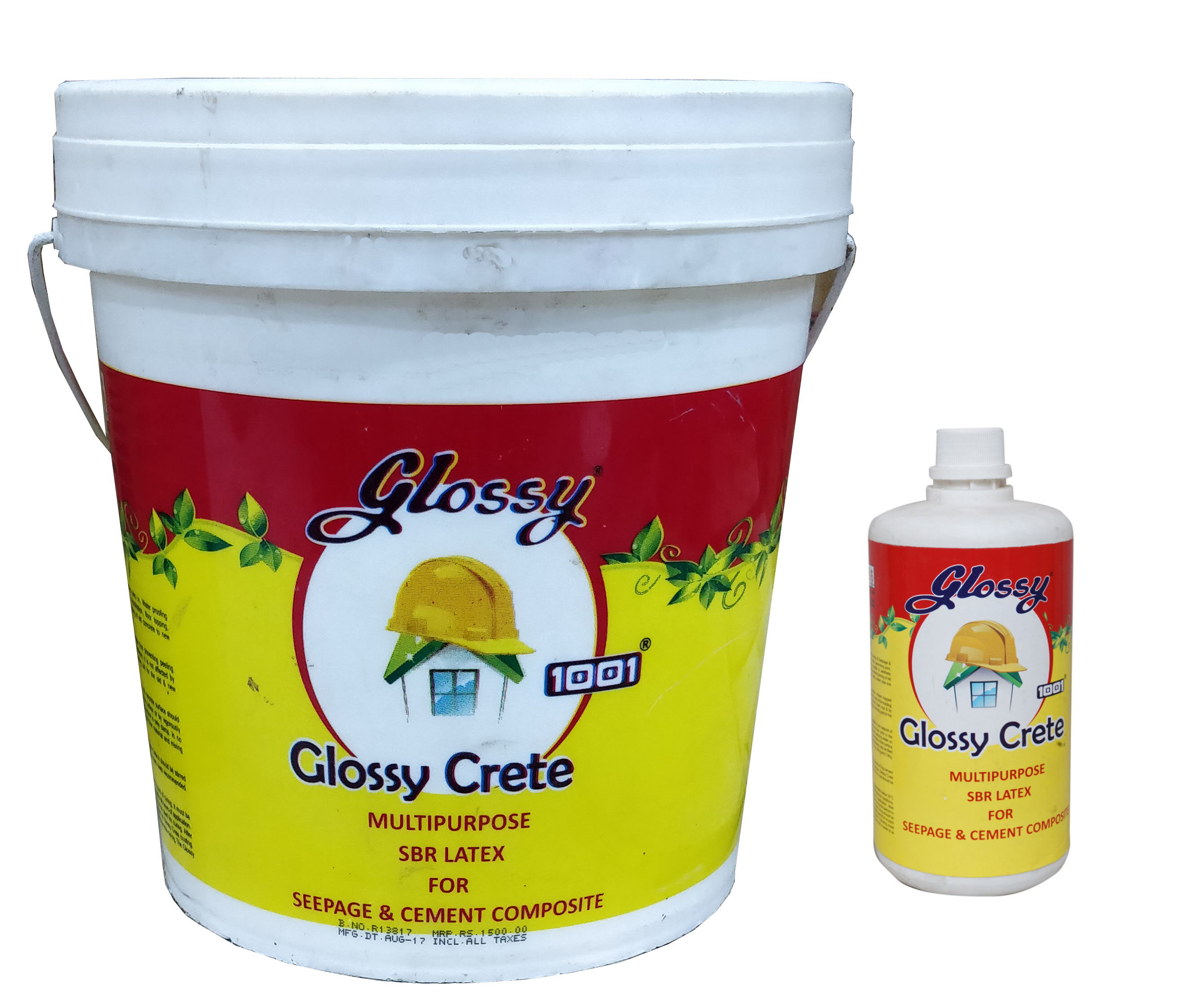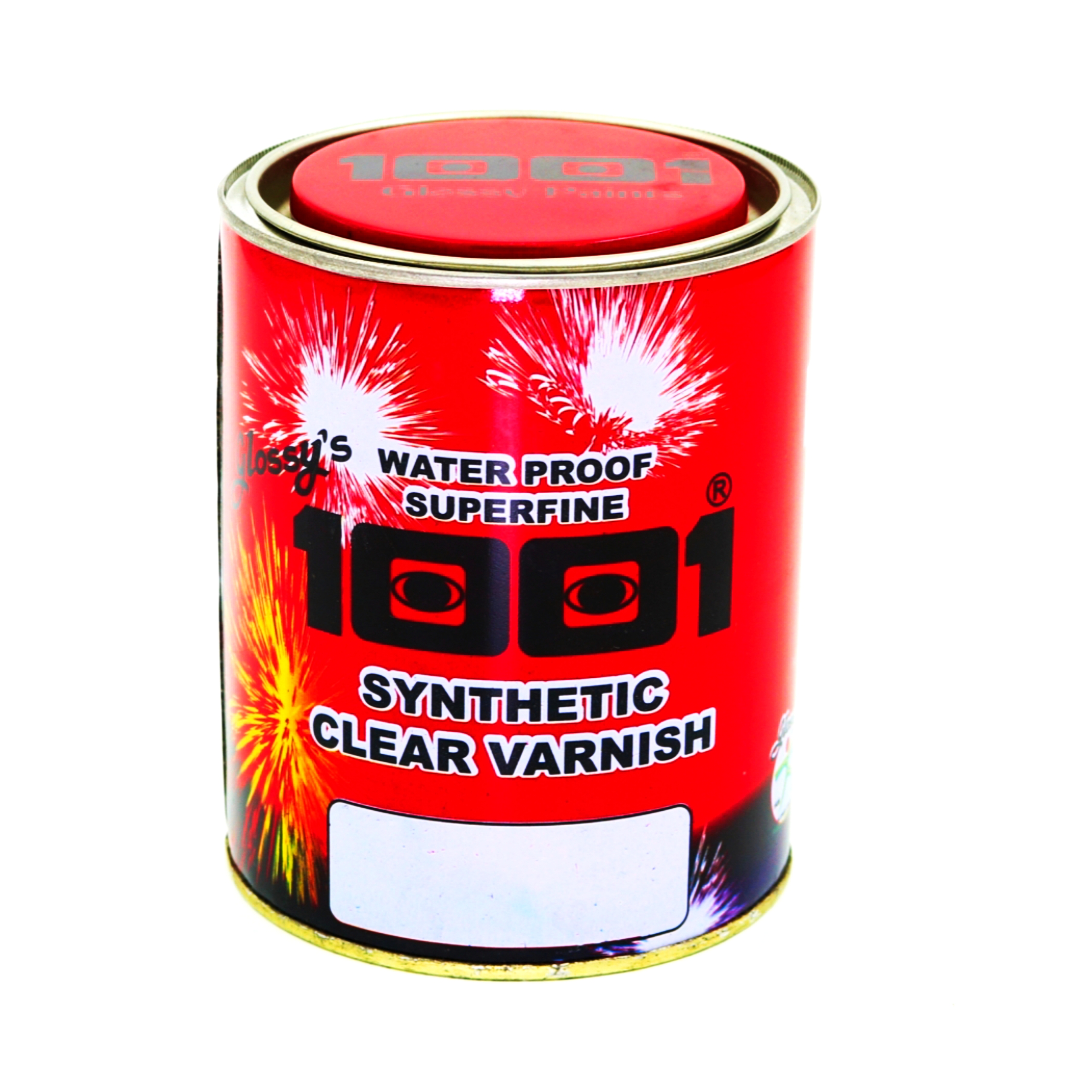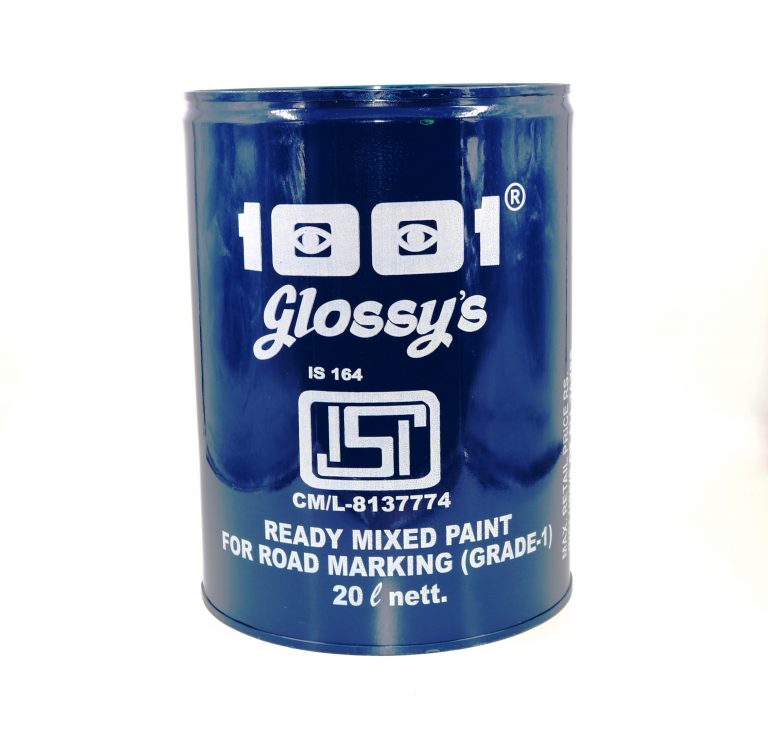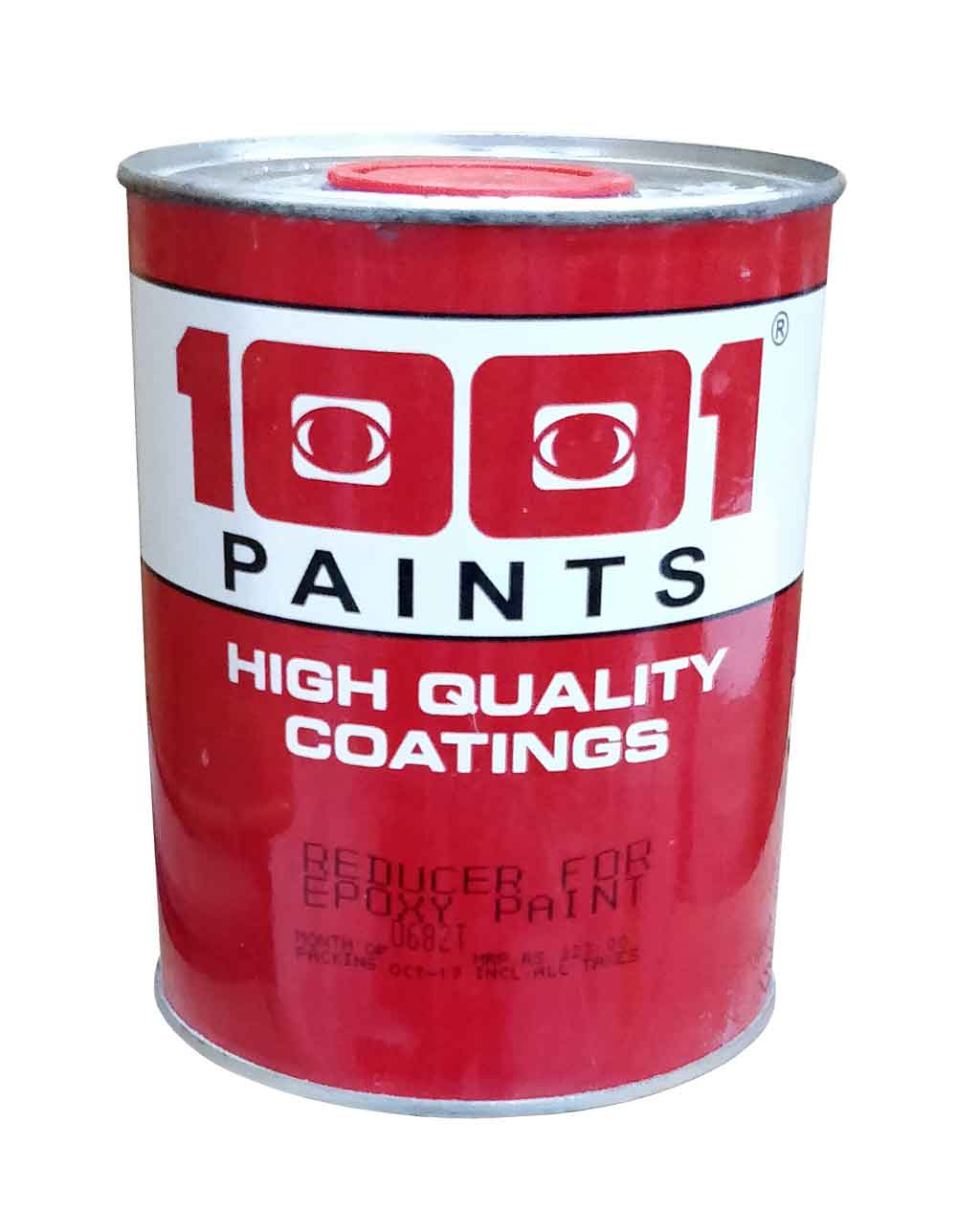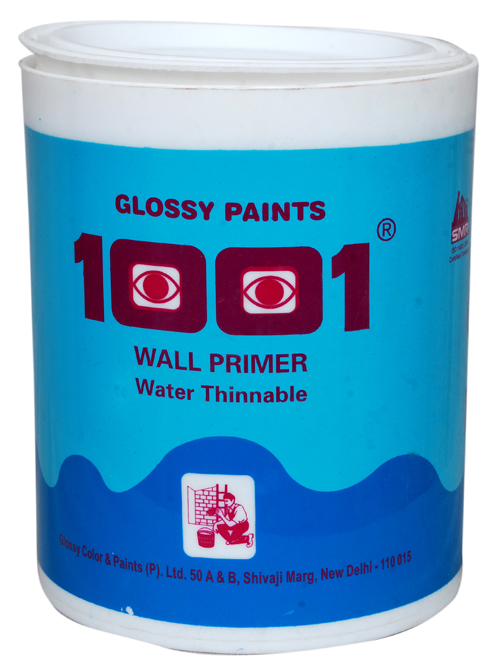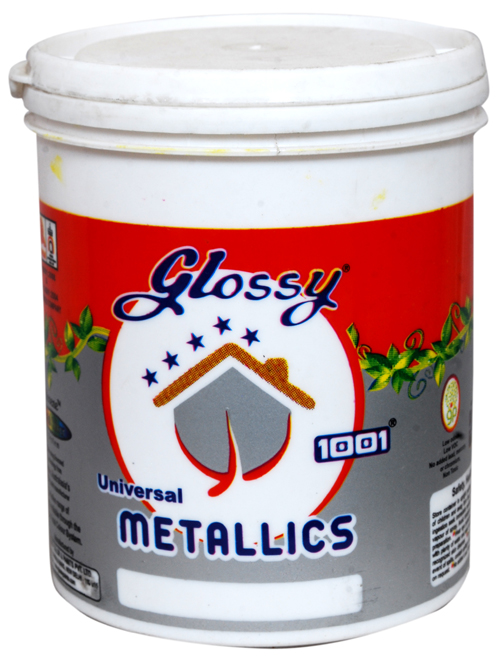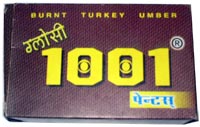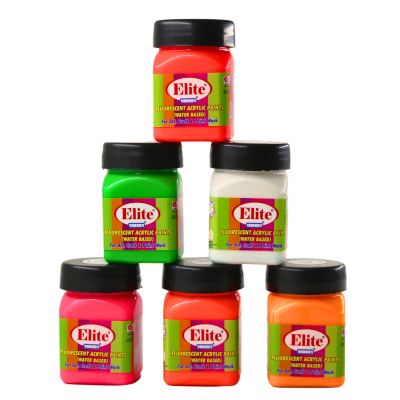From Drab to Fab: Your House Painting Transformation!
House painting doesn’t have to be uncertain, costly and time-consuming. It can be fun! And planning for it can save time and money, produce results that are lasting and rewarding.
This section of the web site will help you to :
-
Figure out your options on painting your exterior and interior walls, ceilings, doors, windows and furniture.
-
Get to know the various types of paints, the quantities required, their application procedure and how to calculate your budget.
-
Know how to follow the right procedure to prepare surfaces for painting – and get the best, most durable finish.
-
Learn how to identify, diagnose and fix problems or anticipate and prevent surface defects.
-
Pick up the basics on decor, colour and surface protection.
In choosing paints and budgeting, remember :
-
Different surfaces require different kinds of paints which have been developed specifically for that surface.
-
Painting involves a system comprising at least two components, a paint and a primer, and sometimes a third, a thinner. To get the desired results, you must use the recommended primer. With water-based paints, water is the thinning agent. For solvent-based paints, you need the recommended thinner.
-
Primers are available in both water and solvent based versions.
-
Paints, primers, tools and accessories make up only part (usually half) of your total painting costs; the other part is cost of labour, which may vary from place to place.
Armed with this knowledge you can confidently select a painter, evaluate his knowledge, his estimate for the job, and the suitability of his manpower.
Planning your painting schedule :
Survey all the areas to be painted with the painter, evaluate and take stock of all the requirements.
The key lies in how you plan the disposal of your house space for painting.
The objective is to free enough space at a time to cycle surface preparation, priming, painting and intervening drying time.
Painting during the rains and in very windy conditions is to be avoided and remember to keep rooms well ventilated at all stages of painting.
A paint job is basically a 3-stage process, punctuated by drying time after each stage :
-
Surface Preparation (which is different for new and previously unpainted surfaces and previously painted surfaces)
-
Priming (this stage is mainly protective in nature and critical for the enduring performance of paint systems)
-
Paint Application (the final stage when the finishing coats are applied)
For painting your home, there are basically 4 types of paints to consider.
Click on the following categories for further information.

